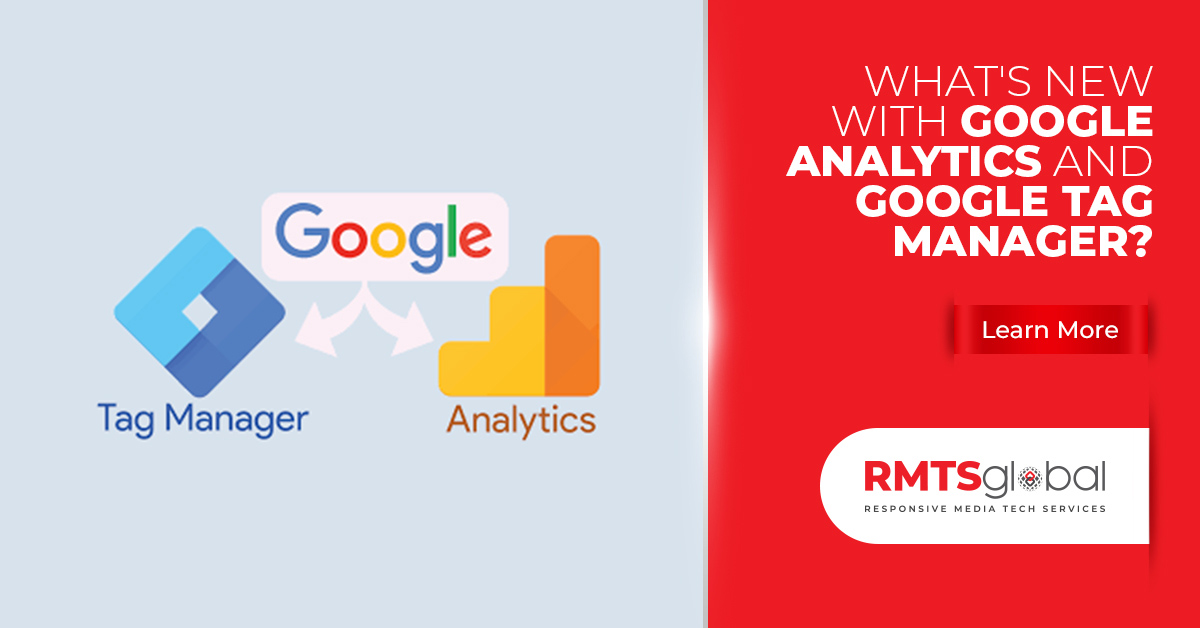Google Analytics and Google Tag Manager are essential tools for website analytics and tracking, and both platforms have undergone several updates and feature enhancements to improve their functionality and user experience.
One of the latest updates to Google Tag Manager includes custom templates for server-side Tag Manager, which are now available. Server-side Tag Manager can use Google Analytics server-side tags to redact or anonymize IP before data is transmitted. Additionally, all global site tags have been converted into Google tags, so if you have a global site tag on your website, you don’t need to update your site to use the Google tag.
Google Analytics has also made several updates to its server-side tagging feature, which sends data to regional data centers based on where the user is located. The Floodlight Sales tag now encrypts the revenue value, and the Floodlight Counter and Sales tags include custom event parameters. New server containers no longer have the Google Analytics: Universal Analytics client pre-installed, but it is still available for manual setup. Floodlight tags now support user-provided data, and a course is available to get started with server-side tagging.
Additionally, Tag Assistant can now add untagged pages to the tag coverage summary to help identify tagging gaps.
In terms of Google Analytics, there are several new features to improve user experience and provide more flexibility. Users can now have up to 2000 properties in an account and up to 400 sub properties per property, which can be organized more efficiently without needing support. Item-scoped custom parameters have been introduced, allowing for the collection of more information about items on a website or app. Custom channel groups can also be created and customized for campaign channels. In addition, Google Analytics 4 audience builder will be embedded in Google Ads to simplify audience creation, and a new model for cross-product access management will be introduced. Improvements for large-scale data have also been made, such as new sampling controls and expanded data sets for Google Analytics 360 properties. Lastly, the search function has been updated to allow users to find data stream details, current property and account settings, and navigate to other properties.
What is Google Analytics 4 (GA4)
Google Analytics 4 (GA4) is the next generation of its analytics platform, which provides new tracking features and machine learning capabilities that are designed to provide more insights and data accuracy. It offers a streamlined user interface and new features such as event tracking, user-centric measurement, and cross-device tracking.
Another new feature is Enhanced Measurement in GA4, which allows you to track specific actions on your website, such as clicks on outbound links and video engagement, without adding custom code. It also offers additional tracking for Google Ads, including phone calls and form submissions.
What is Google Tag Manager 360?
Google Tag Manager 360 is an enterprise-level version of the free Google Tag Manager tool. It offers additional features such as increased tag quotas, advanced workflows, and support for custom domains.
Privacy is also a priority for Google, and the company has made several updates to its analytics and tracking tools to comply with data privacy regulations such as GDPR and CCPA. These updates include the ability to automatically delete user data after a set period and to offer users more control over their data.
Overall, Google Analytics and Google Tag Manager continue to evolve and offer new features to improve website analytics and tracking. With these tools, businesses can gain valuable insights into their website traffic and user behavior, helping them to make informed decisions and improve their online presence.
In summary, every new update is designed to help improve website performance, data accuracy, and user privacy while providing businesses with valuable insights into website traffic and user behavior. As Google continues to innovate and improve its analytics and tracking tools, businesses will have even more opportunities to optimize their online presence and drive success in the digital marketplace.
